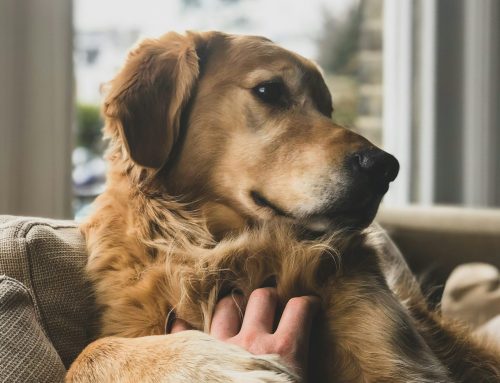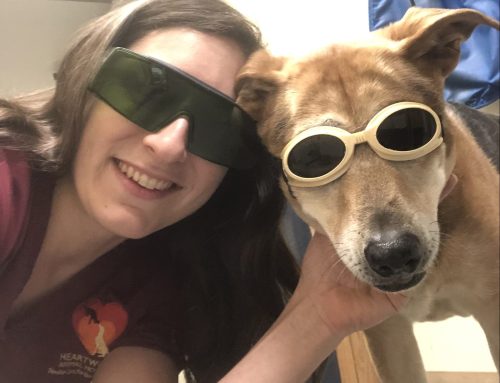Everyone reading this blog can easily think of a a very fat cat that they have either owned themselves or seen at a family or friends house. It is easy to tell that a cat is overweight if it weighs 26 pounds when it should weigh 11 or 12 pounds. However, it becomes much more difficult to know that a cat is overweight if he weighs 15 pounds, or that a dog is obese if she weighs 50 pounds and her healthy weight is closer to 40. It may also come to a surprise that the most recent studies conducted show that over HALF of all dogs and cats in American households are either overweight or obese! Overweight meaning that their body fat is 20% higher than that of a healthy pet, and Obese meaning that their body fat is 30% or higher than healthy. Take a second to think about that and realize that either your cat, or your neighbor’s cat weighs more than it needs to! (I’m sure your cat may be perfectly healthy, and your neighbors may be too, this just serves as an illustration of the average in America).

So why is this important and how can I tell if my pet is overweight? I’m glad you asked!
A reduced life span, arthritis, diabetes and heart disease. If you’ve had an overweight pet and taken them to the veterinarian you have probably heard this speech plenty of times. While all of these remain true, there is some new knowledge out there proving that fat cells themselves release more inflammatory hormones into the bloodstream than other non-fat cells in the body. These inflammatory hormones lead to perceived pain in the brain as well as a constant barrage of stress on the entire body. So an overweight dog is not only more prone to arthritis due to the increased weight load the joints have to support, but those fat cells are also causing it to feel more painful. Talk about a Double Whammy. Let’s all remember that the average pet’s only responsibilities are to eat, sleep, and use the bathroom. It is our responsibility to ensure that their weight is healthy. Attached below is a diagram showing the Body Condition Scores of dogs and cats.
This is a scale of 1-9, with the ideal weight being between a 4-5. If you think that your fur baby may be a 6 or higher after looking at this diagram, it is important that you discuss with your veterinarian a nutritional and exercise plan for safe weight loss to keep your baby as healthy as possible. Hope that you found this blog useful and call us a 919-570- 9311 or email heartwood.friends@gmail.com with any questions you may have on your pets weight or other blog posts you would like to learn about.







Leave A Comment